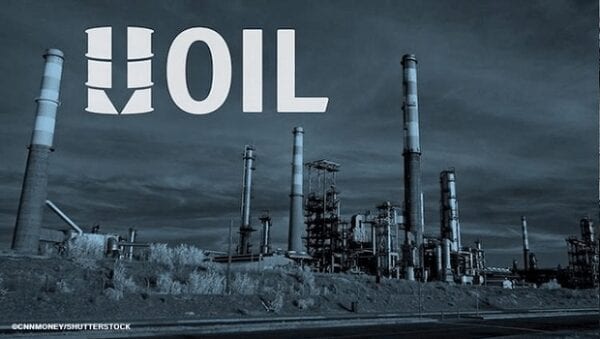Oil Prices Surge Amid Growing Supply Deficit Worries – Oil prices have been on the rise, and market analysts are pointing fingers at the combination of weakened U.S. shale output and continued production cuts by heavyweights Saudi Arabia and Russia. The global scene is abuzz with speculation, and here’s the scoop on what’s happening.
A Consecutive Climb
On a recent Tuesday, oil prices marked their fourth straight session of growth. This uptrend is attributed to concerns over the supply deficit, particularly with U.S. shale output not performing at its peak. By 0751 GMT, the Brent crude futures, a global oil benchmark, escalated by 41 cents, reaching $94.84 a barrel. Not far behind, the U.S. West Texas Intermediate crude futures jumped by 92 cents, positioning itself at $92.40 after surpassing $1 gains. If you’ve been keeping track, you’ll note that prices have been on the upswing for three weeks in a row, with both benchmarks touching a 10-month high.
The U.S. Shale Scenario
The U.S. Energy Information Administration (EIA) dropped some noteworthy data recently. It highlighted that oil output from prominent shale-producing regions in the U.S. is projected to decrease to 9.393 million barrels per day (bpd) come October. This is a significant dip, marking the lowest since May 2023. And this decline isn’t a one-off – it’s the third consecutive monthly fall.
Saudi Arabia & Russia’s Play
Amid these developments, Saudi Arabia and Russia have decided to prolong their combined supply cuts of 1.3 million bpd till the year’s end. This move further fuels the concerns over tightening supply.
Kelvin Wong, a seasoned market analyst at OANDA in Singapore, remarked on the situation, highlighting both supply tightness and technical factors as contributors to the price surge. He pinpointed a “persistent short-term uptrend” in the WTI crude oil futures, emphasizing the significance of its 5-day moving average since late August.
However, analysts from the National Australia Bank caution that the market is inching towards overbought territory, which could make it susceptible to a correction. This sentiment is echoed by Saudi Aramco CEO Amin Nasser and Saudi Arabia’s Energy Minister, both of whom hinted at potential volatility.
Amin Nasser recently adjusted Saudi Aramco’s long-term demand forecast, trimming it down from 125 million bpd to 110 million bpd by 2030. On the other hand, Saudi Arabian Energy Minister Prince Abdulaziz bin Salman defended the OPEC+ cuts, emphasizing the need for light-handed regulation in global energy markets. However, he also highlighted uncertainties surrounding Chinese demand, European growth, and potential central bank strategies to address inflation.
A Glimpse Ahead
As central banks from the U.S., Britain, Japan, Sweden, Switzerland, and Norway prepare to announce their interest rate decisions, the oil market remains on tenterhooks. PVM Energy’s Tamas Varga sums it up aptly, highlighting the tension between the dwindling supply and an economic outlook that leaves much to be desired.
The global oil scene is rife with dynamics, and as supply concerns rise, so do the prices. Stakeholders and consumers alike are watching closely, waiting to see how this complex interplay unfolds.































